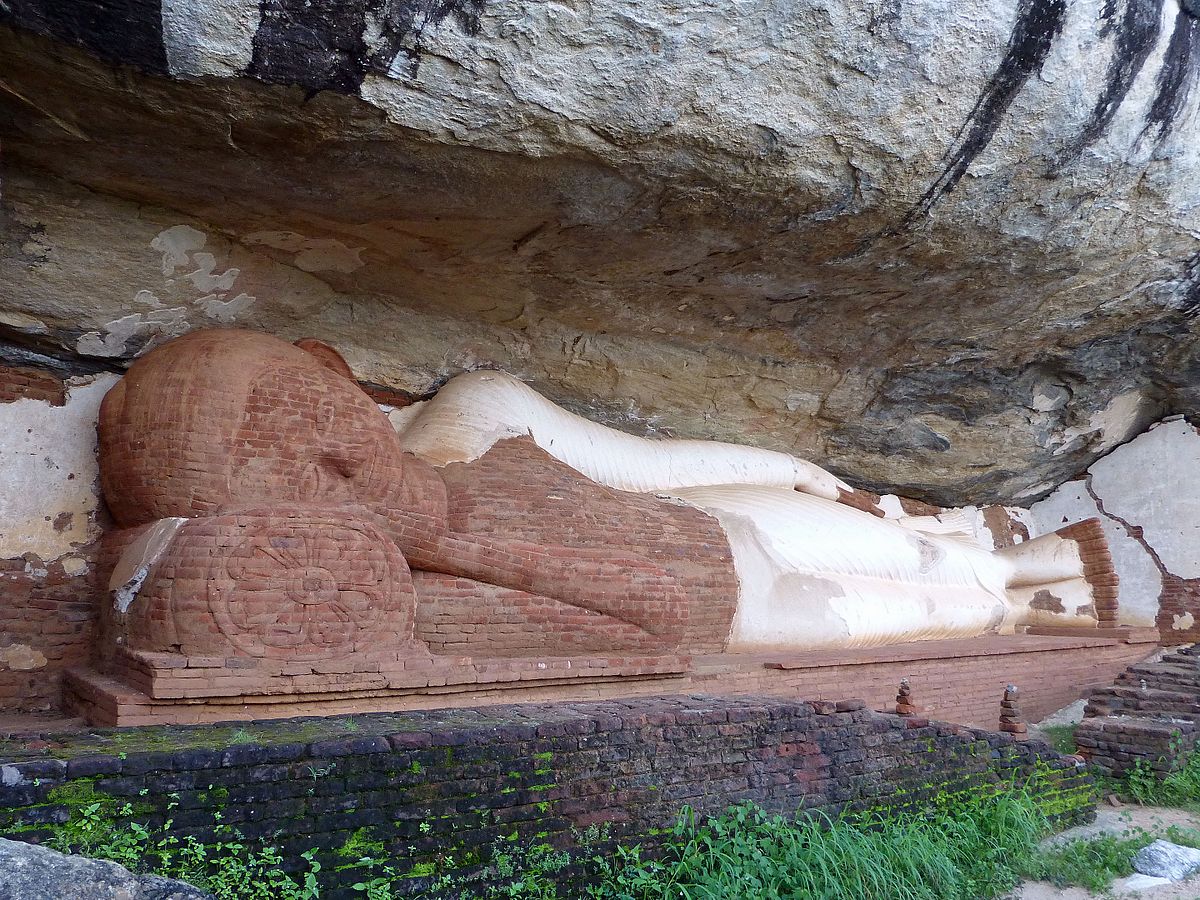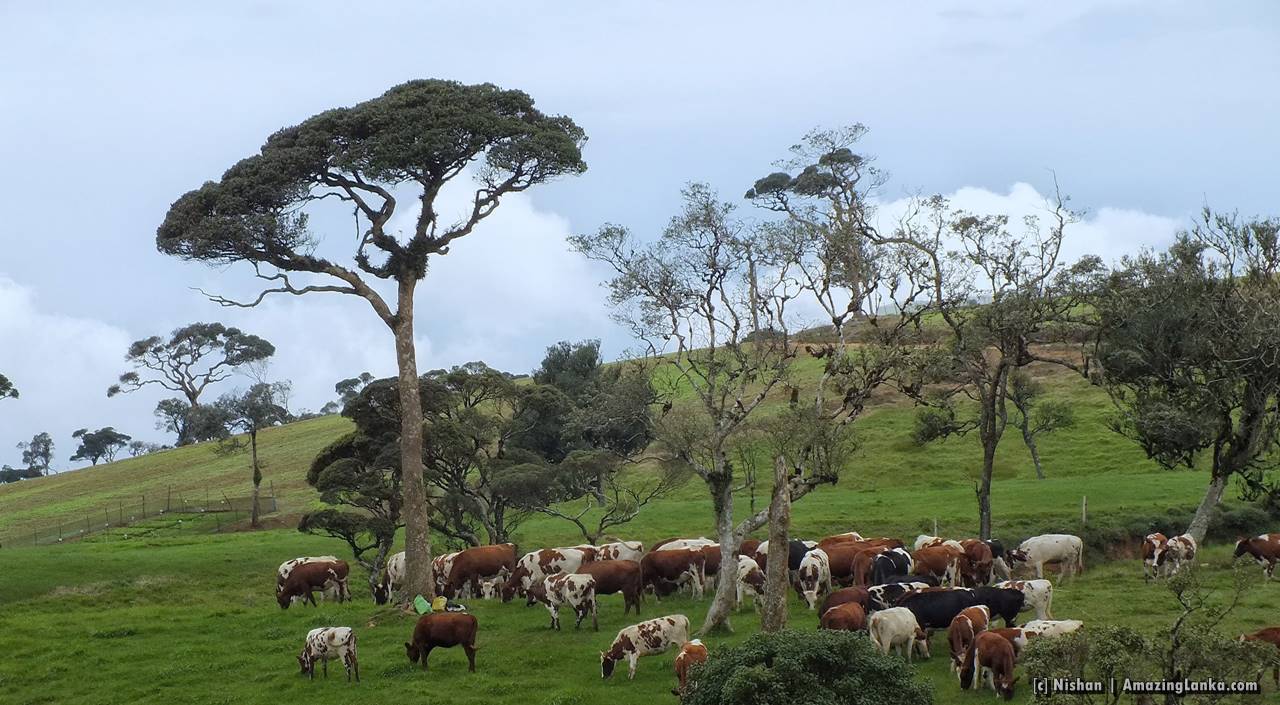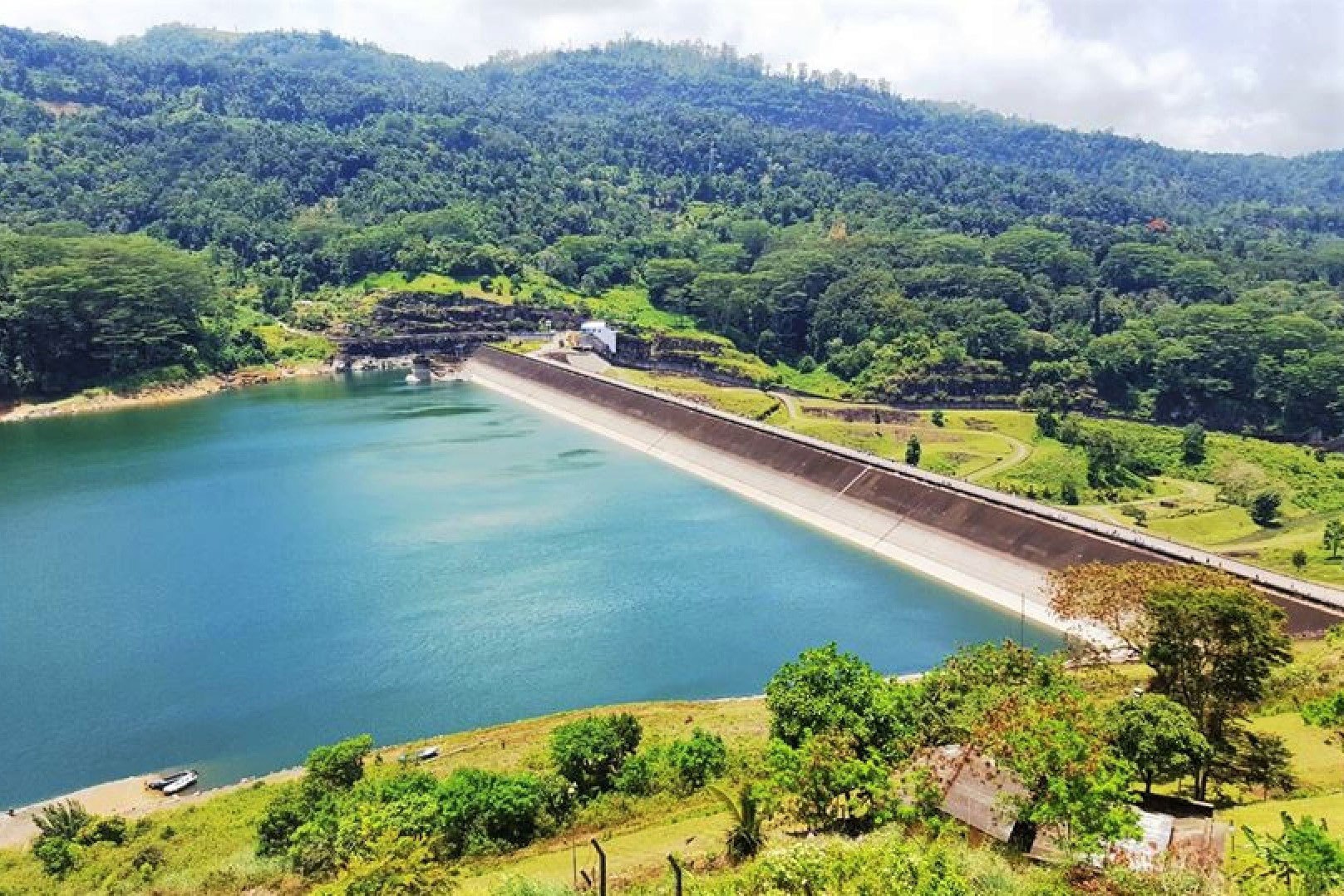Hugely attractive to local and foreign tourists alike there are four routes to trek Hanthana Mountain:
- From Kandy town, there is a trail to Hanthana across the Udawela Tea Estate.
- Another trail to Hanthana is found via the old radio station road that cuts across the University of Peradeniya.
- Via the road cutting across the Mahakande Sarasavigama area.
- Via Deltota area.
Among the most scenic mountain ranges in Sri Lanka, Hanthana has suffered environmental damage at some stages in the past. However, it is still a very vital ecosystem that spreads from the Kandy town all the way to the Galaha town, covering areas of Gangawata, Patha Hewaheta, Udapalatha and Deltota Divisional Secetariats.
With a maximum height of 1,240 meters above sea level, mountains of this range are separated by the tributary river valleys of the Mahaweli River.
As a watershed area of the Mahaweli, this mountain range is the origin of many tributaries and streams including Maha Oya, Garandi Oya, Dodamgolla Oya and Kuda Oya.
Hanthana used to be a pristine jungle ecosystem before the British Occupation. However, it has since suffered extensive and irreparable environmental damages due to deforestation, especially under the British rule when the natural vegetation was cleared to cultivate crops such as tea, coffee and rubber. Most of these plantations were abandoned later and remain today as barren lands.
Climate
Part of the intermediate Wet Zone in the central hills, Hanthana receives an average annual rainfall of approximately 2000 millimeters. In most parts of the year, rainfall is fed by the Northeast and Southwest monsoons. Temperature fluctuates between 23º-25º Celsius. Dry weather occurs from January to March, when the mountain peaks are continually shrouded with thick mist.
Vegetation
An area of approximately 432 hectares from the Hantana Range was acquired around 1939 by the Sri Lanka University, known today as the University of Peradeniya. Around 1952, foreign species such as Mai (Flamboyant), Mara, Albizia and Eucalyptus were planted in the remaining areas. Around 1980, the Department of Forest Conservation planted foreign species such as Pinus up to the higher boundary of the mountain range. This vegetation is seen scattered around the hillside at present.
The upper boundary is covered with Pathana type grassland, interspersed with natural forest patches. Approximately 200 plant species including grasses such as Pangiri Mana (Cymbopogonnadrus), Illuk (Imperatacylindrica), Pinibaru (Themadatremula) and Ginithana (Panicum Maximum) cover the lowlands. Plants inhabiting the natural forest patches include Nuga, Damba, Badulla, Wanasapu, Kalu Obaruwel, Hawari Nuga, Divikaduru, Detulu, Kataboda Katu Imbul, Gal Goraka, Makulu Bithura, Nelli, Davul Kurundu, Madatiya, Wathuraja, Wala Nedun, Kalumaduwa, Halbediya, Kataklu Bovitiya, Maha Bovitiya, Gammalu, Jak, Boda, Bedidel, Elanuga and Mawewel. Apart from these, cultivated tea patches as well as abandoned tea plantations are seen scattered around.
Vegetation grows in the forms of a canopy, sub canopy and undergrowth. Spread prolifically among other plants such as Galgoraka, Hawari Nuga, and Ginikana, the foreign species of Giant Mimosa is causing serious environmental threats. Many species of orchids and ferns grow abundantly in this ecosystem. Among approximately 200 plant species found here, 17 plants and 06 animals species have been categorized as endangered species.
Animal Diversity
Approximately 120 bird species including Hisa Kalu Kondaya, Punchi Demalichcha, Neela Kobeiya, Hisa Dumburu Demalichcha, Hisa Dumburu Kearala, common Demalichha, Watu Polkichcha, Selalihiniya, Labu Girawa, Kandukara Mailagoya, are found here. Among the endemic bird species are the Sri Lanka wild fowl, Hisa Dumburu Demalichcha, Rath Muhunath Kottoruwa, and Sri Lanka Selalihiniya.
Only a few mammals are found here, including Handun Diviya, rabbit, Meeminna (Mouse Deer), mongoose, Hothambuwa, wild boar, fox, porcupine, squirrels and monkeys. About 95 butterfly species are found in the Hanthana mountain range, including both endemic and foreign species. Reptile species including pythons, vipers and rat snakes have been found near tea plantation areas.












